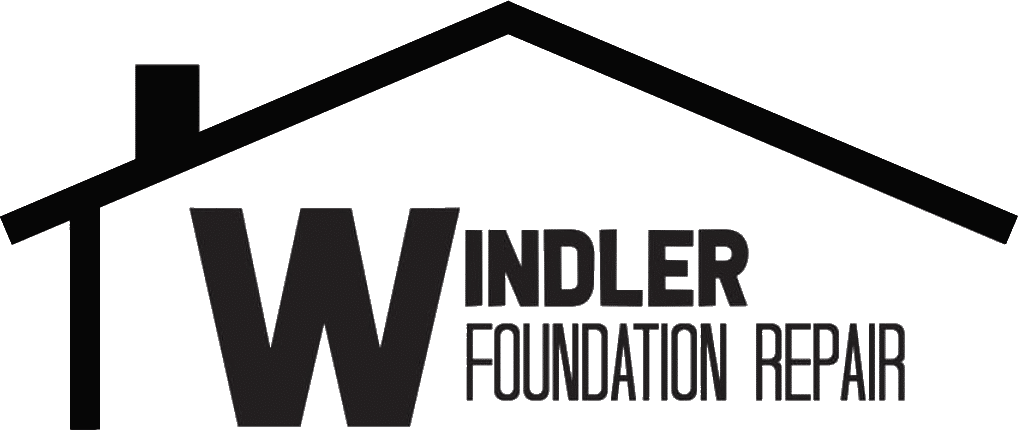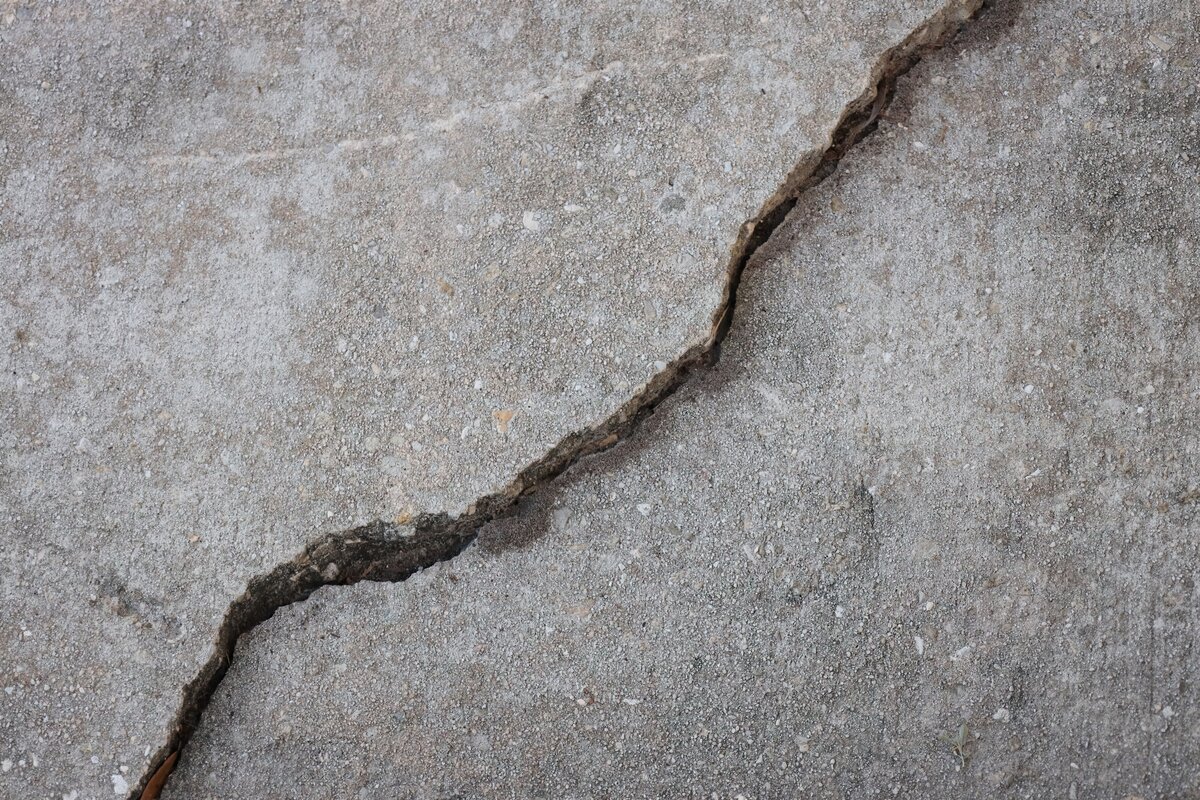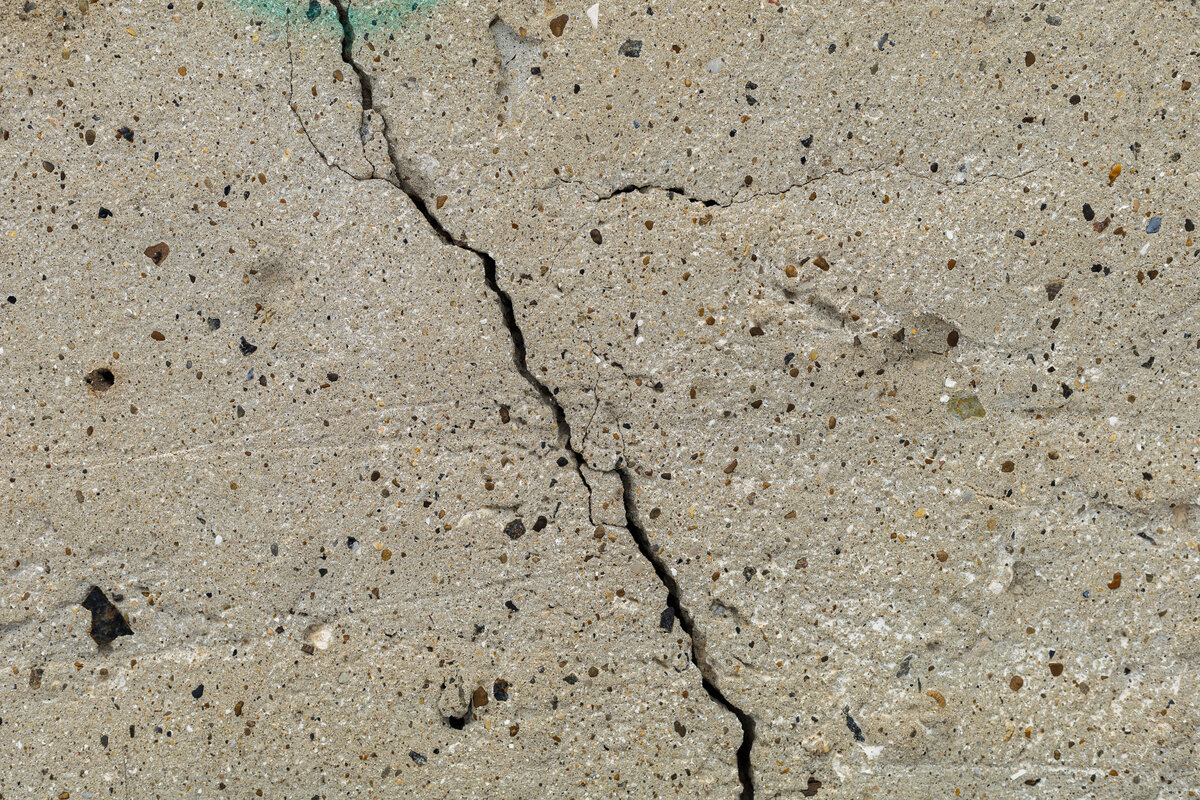Concrete leveling is crucial for maintaining safe and functional surfaces around your home or business. When it comes to lifting and leveling uneven concrete slabs, two popular methods are polyjacking and mudjacking. As a contractor with years of experience in the field, we’ve seen the pros and cons of both techniques. Let’s explore the details of polyjacking vs. mudjacking to help you make an informed decision.
What is Mudjacking?
Mudjacking, also known as slabjacking or pressure grouting, is a traditional method of raising concrete. This process involves drilling 2-inch diameter holes into the sunken concrete slab and injecting a slurry mixture of mud, cement, and sand beneath it. The slurry fills voids and lifts the concrete back to its original level.
Pros of Mudjacking:
- Cost-Effective: Generally, mudjacking is less expensive than polyjacking.
- Familiarity: Many contractors are experienced with this long-standing technique.
Cons of Mudjacking:
- Heavy Material: The slurry used in mudjacking is heavy and can add more weight to already weak soil, potentially causing further sinking over time.
- Long Cure Time: It can take up to 24 hours for the concrete to be ready for use again.
- Large Holes: The larger holes drilled for the slurry can sometimes lead to cracks and aesthetic issues.
What is Polyjacking?
Polyjacking, also known as foam jacking or polyurethane foam injection, is a newer, innovative method for concrete leveling. This process uses high-density polyurethane foam injected through small, dime-sized holes into the concrete slab. The foam expands and lifts the concrete, filling voids and stabilizing the slab.
Pros of Polyjacking:
- Lightweight Material: The foam is much lighter than the slurry used in mudjacking, reducing the risk of further soil compression and sinking.
- Quick Cure Time: The foam cures quickly, allowing the concrete to be used within 15 minutes.
- Smaller Holes: The smaller holes needed for foam injection are less invasive and easier to conceal.
- Durable and Waterproof: Polyurethane foam is resistant to water and won’t erode, providing a long-lasting solution.
Cons of Polyjacking:
- Higher Cost: Polyjacking is typically more expensive than mudjacking due to the materials and technology used.
- Availability: Not all contractors offer polyjacking services, so finding a qualified professional might be more challenging.
Why Choose Windler?
At Windler Foundation Repair, we specialize in both polyjacking and mudjacking, offering tailored solutions to meet your concrete leveling needs. Our experienced team assesses each situation carefully to recommend the best method for your property. We pride ourselves on using high-quality materials and providing exceptional customer service to ensure lasting results.
In Summary
When considering polyjacking vs. mudjacking, both methods have distinct benefits and drawbacks. Polyjacking provides a faster and more durable solution but comes at a higher cost. On the other hand, mudjacking is more affordable but may need more frequent repairs. If you’re dealing with uneven concrete issues, consulting with a professional is the best way to determine the most suitable method for your specific situation.
For expert advice and reliable concrete leveling services, contact us at Windler Foundation Repair. We’re here to help you restore the safety and appearance of your concrete surfaces.




